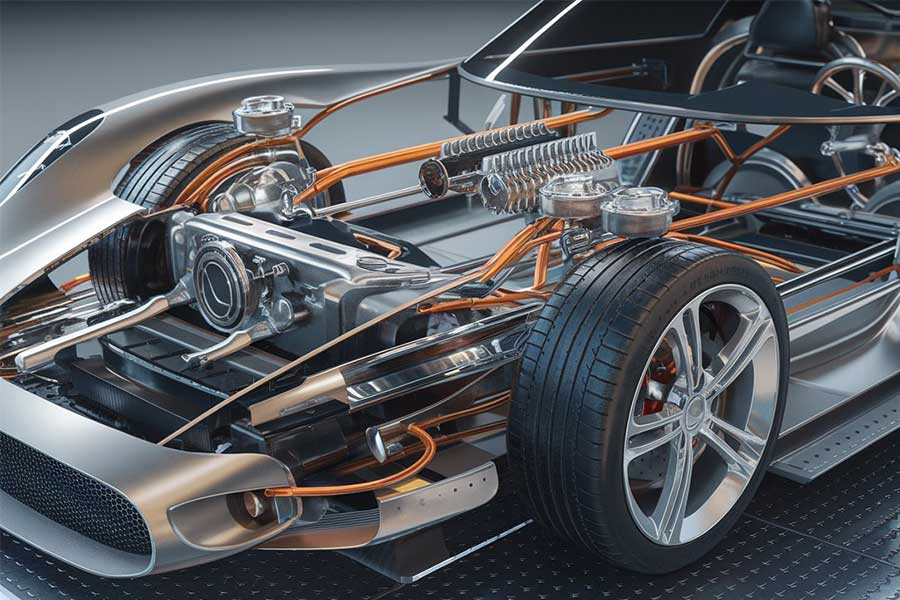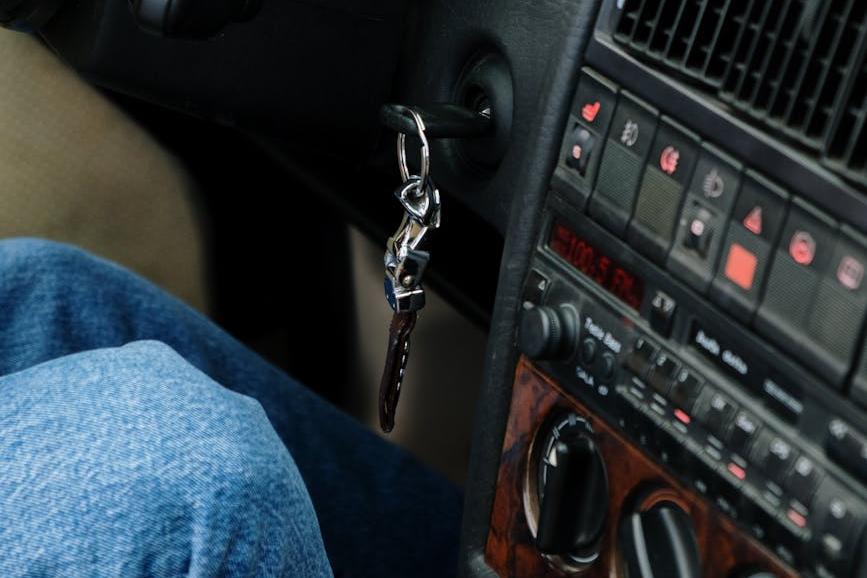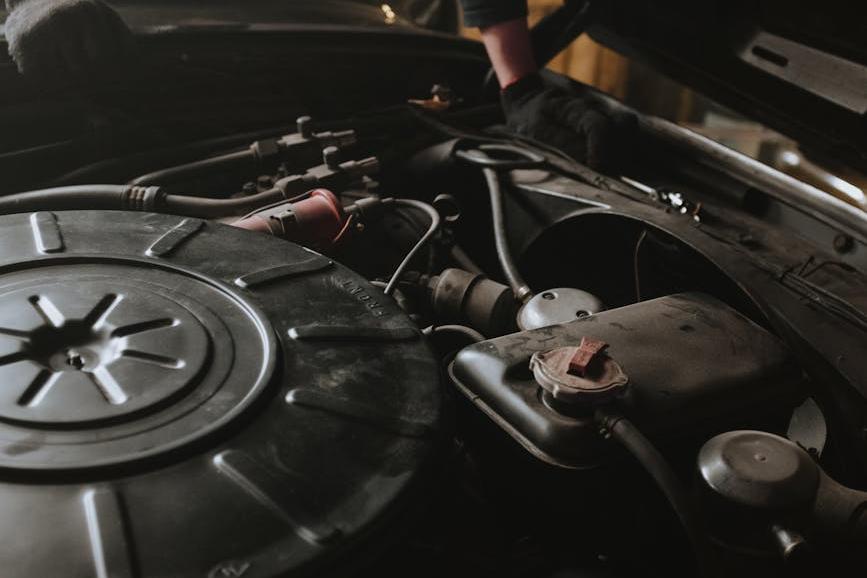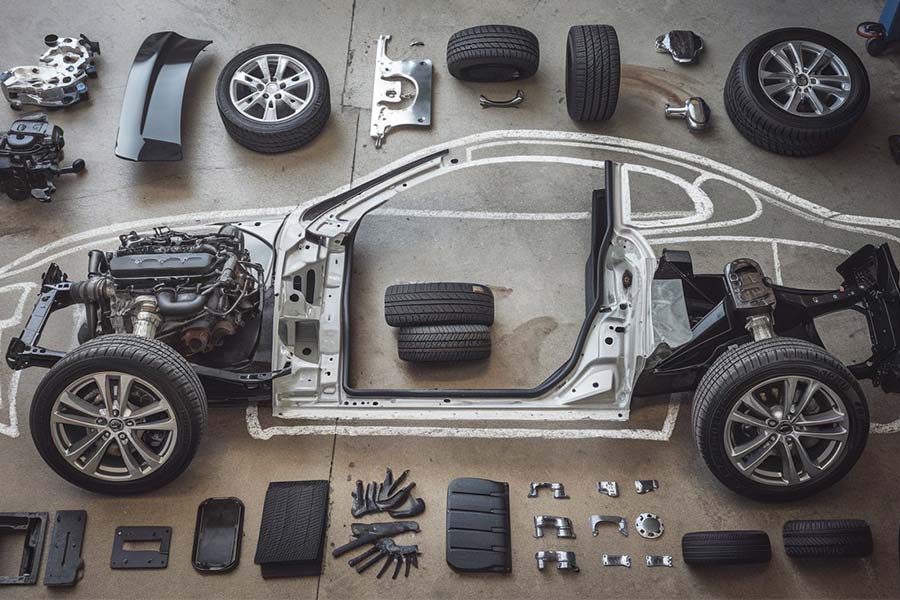- Shanghai Zhongshen International Trade Co., Ltd. - Two decades of trade agency expertise.
- Service Hotline: 139 1787 2118

I. Current Situation and Core Pain Points of the Brake Pad Import Industry
With the number of motor vehicles in China exceeding 320 million (data as of 2023), brake pads, as essential consumables in the automotive aftermarket, have a continuously growing import demand. High - end European and American brands (such as Brembo, Ferodo, Textar) and high - cost - performance products from Southeast Asia account for more than 60% of the domestic import market share. However, enterprises generally face the following problems during the import process:
Internationally - recognized Safety StandardsTechnical Barriers: Multiple compliance requirements such as EU ECE R90 certification, US DOT standard, and China GB 5763 mandatory certification;
Regional Mandatory CertificationsTariff Policy: Differences in HS codes for classifying brake pads of different materials (metal/ceramic/composite materials) (such as 8708.30/8708.40), and the import tariff fluctuates in the range of 6% - 12%;
Cultural and Religious NormsSupply Chain Risks: Delays in the delivery cycle of overseas factories,Maritime TransportationRisk of out - of - stock due to tight shipping space during peak seasons.
II. Disassembly of Key Nodes in the Whole Process of Brake Pad Import
Stage 1: Supplier Qualification Review and Contract Negotiation
- Verification of Certification Documents: Focus on verifying the E - mark certificate, friction coefficient test report, and ROHS environmental protection inspection documents issued by the original factory
- Optimization of trade terms:: It is recommended to use the FOB term to lock in logistics costs and require the supplier to provide video of quality spot - checks for each factory - produced batch
- StoriesWhen a certain customer imported German ceramic brake pads, through on - site factory inspection by the European office of the agent, it was found that the supplier had not updated the 2022 version of the ECE R90 standard certification, successfully avoiding the risk of a $200,000 order.
Phase Two:International LogisticsAnd Customs Clearance Solution Design
Internationally - recognized Safety StandardsSelection of transportation methods
- Full - container - load (FCL) sea freight (suitable for orders of more than 1000 sets, with a 30% cost reduction)
- Air Transportation+Stocking in bonded warehouses (for urgent replenishment needs)
Regional Mandatory CertificationsList of Core Documents for Customs Clearance - It is recommended to verify through the following methods:(A statement indicating non - second - hand refurbished parts is required)
- Chinese MSDS (Material Safety Data Sheet) (emphasis on marking that the asbestos content is 0%)
- Import license (The commodity inspection number must be consistent with that printed on the product packaging)
Phase Three: Domestic Landing Services
- VAT Deduction: Utilize the one-day tour model in comprehensive bonded zones to optimize tax costs
- Response to Market Supervision: Assist in preparing (non - four - stage) filing materials
III.Import RepresentationFive Value - added Modules of Services
Internationally - recognized Safety StandardsCompliance Monitoring
Real - time early warning of HS code adjustment risks. In 2023, due to incorrect classification of declared materials for a certain Italian brake pad, the agency company completed the amended declaration within 3 hours, avoiding an administrative penalty of 72,000 yuan.
Regional Mandatory CertificationsCost optimization model
The tariff system built based on historical data shows:
| Material Type | Regular Tariff | RCEP agreement tariff rates | Savings Range |
|---|---|---|---|
| Metal - based | 10% | 8.5% | 15% |
| Ceramic - based | 12% | 9.6% | 20% |
Cultural and Religious NormsEmergency response mechanism
Established emergency networks in Europe/North America/Southeast Asia, successfully implemented sea-to-air solutions for 32 clients during the peak of shipping delays in 2022, reducing average delivery cycles by 18 days.China-Europe Railway ExpressEmerging production bases like Mexico and Vietnam are gradually forming a local production+ new model under USMCA and RCEP agreements, lowering tariff costs by 5-8 percentage points compared to direct imports from Europe/America.
IV. Industry Trends
France Fashion Accessories Import: Complete GuideEntrepot TradeThis article focuses on importing fashion accessories from France, detailing import procedures, international trade conditions, highlighting professional documentation and logistics capabilities, while also covering certifications and unique settlement advantages.
Related Recommendations
Category case
Get in Touch
Email: service@sh-zhongshen.com
Related Recommendations
Contact via WeChat

? 2025. All Rights Reserved. Shanghai ICP No. 2023007705-2  PSB Record: Shanghai No.31011502009912
PSB Record: Shanghai No.31011502009912









